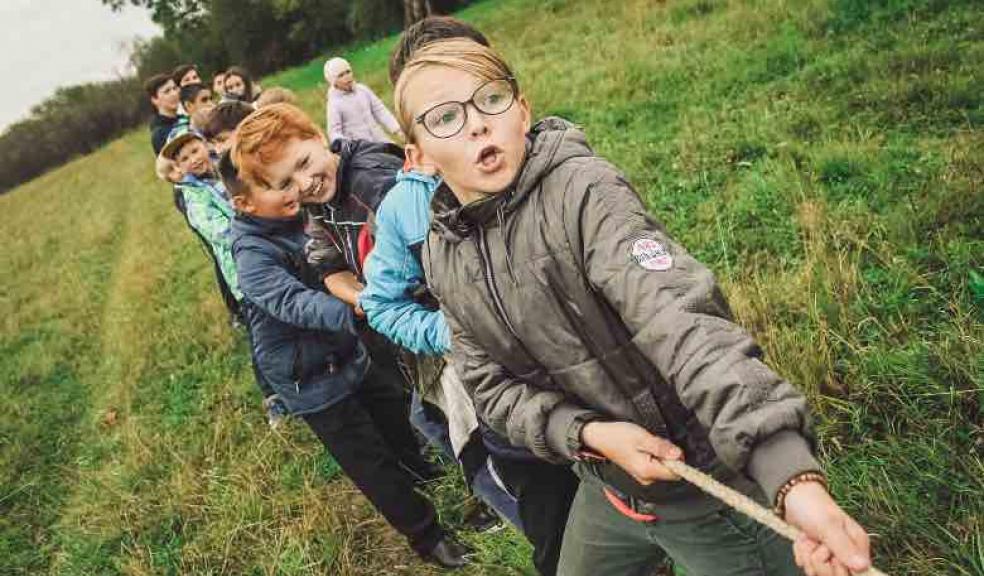
Why Schools are Going Outdoors
Outdoor learning has long been hailed just as important as sitting in a classroom, but more schools are realising the long-term effect outside play and learning has on children’s well-being and education. With that in mind, schools are taking the initiative to teach and play outdoors with children, to benefit the children.
Outdoor Classroom Day
According to initiatives like outdoor classroom day, school children playing and learning outside is paramount. Their 2018 campaign to get as many children outside as possible, was an amazing success and they are hopeful 2019 will be even better. It’s been reported from teachers that when they do take learning outdoors, they notice powerful differences such as the behaviour of the children is better, classrooms are filled with excited children that are ready to learn, and individuals who don’t thrive in a classroom, often thrive in an outdoor environment.
Incorporating play into the classroom is central to a child’s enjoyment of childhood. It also has a whole range of benefits, including helping children focus, boosting creativity and imagination, and being more fun. Alongside teaching critical life skills, such as problem-solving, teamwork, and creativity.
Playground Improvements
Most schools are working with what they already have too. Just getting outside for a bit in the school playground makes children happier and gives them the chance to run off excess energy, so they can focus when they return to class. Companies like tpdal recognise how important playground games are, and are running a competition to give one school the chance to win a new addition to their playground. To enter, all the school has to do is get children aged between 5-11 that attend the school, to create a game, list the rules, and draw a colourful picture of it.
Whether they want games fuelled by their imagination that includes pirates, animals, and princesses or prefer numbers and mazes, the options are endless. The winning school will get the unique game designed by the pupil, installed in their playground. The competition is eager to let children design what their own space should look like and motivate them to play out more.
Back to Nature
The forest school movement was introduced to the UK about 25 years ago. Suddenly, in the last few years, it seems to be making a comeback. Inherited from Scandinavian kindergarten lessons, the movement is largely focused on getting children outdoors, in touch with nature and away from technology. Usually in wooded areas, they include critical skills a lot of children don’t have the opportunity to learn. Navigating an area surrounded by nature, working as a team and sometimes even lighting a fire. A lot of schools are hammering the importance of teaching children where their food comes from too. Vegetable and herb patches are increasing in playgrounds, and getting the children involved is also introducing new foods they can eat.
Schools are trying to strike the balance between work and play, but introducing both as one, is a new way to teach the next generation, and have fun too.













